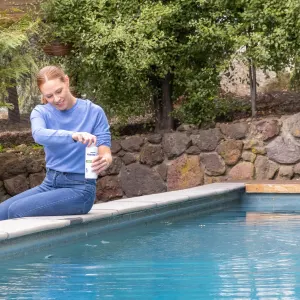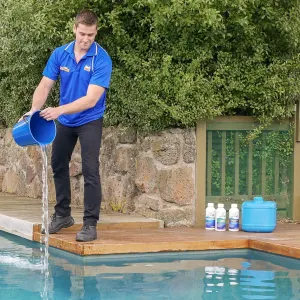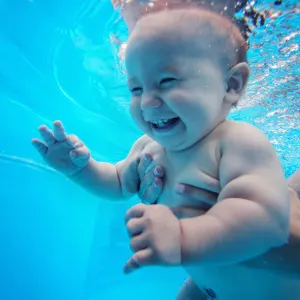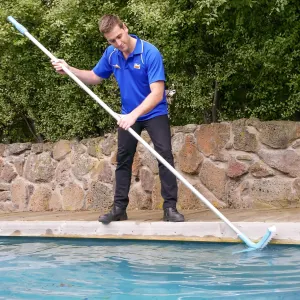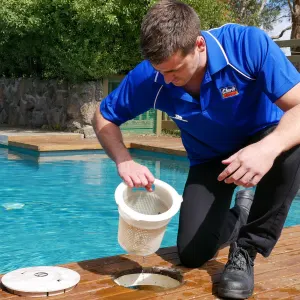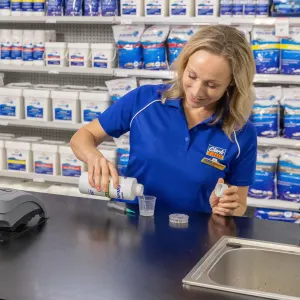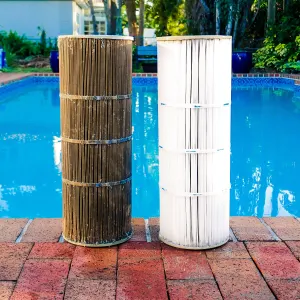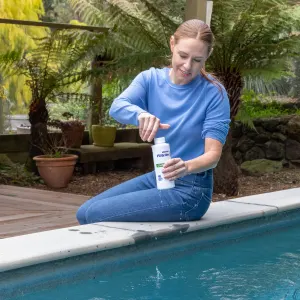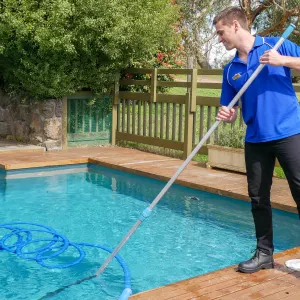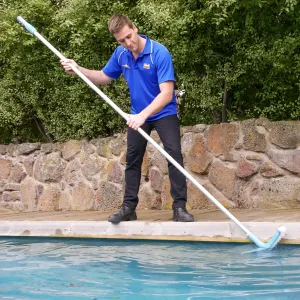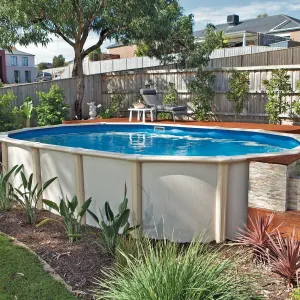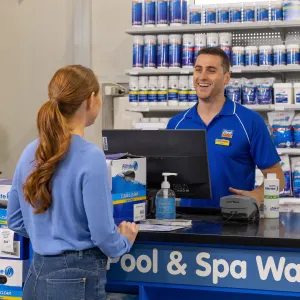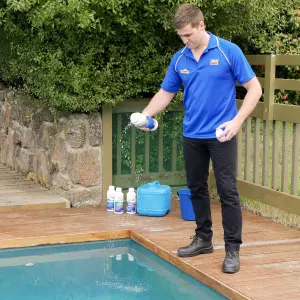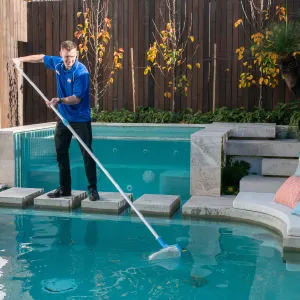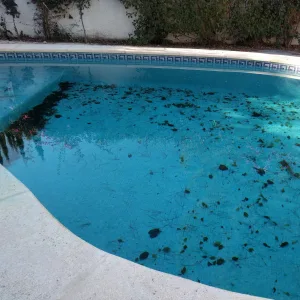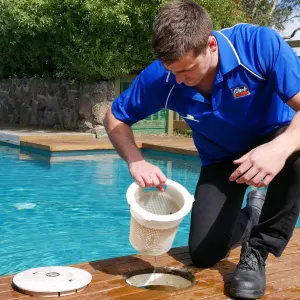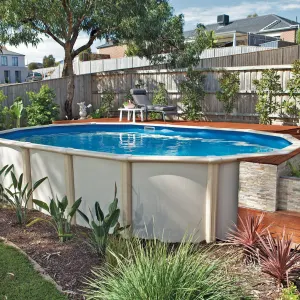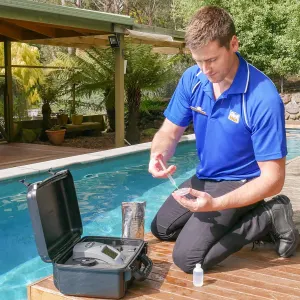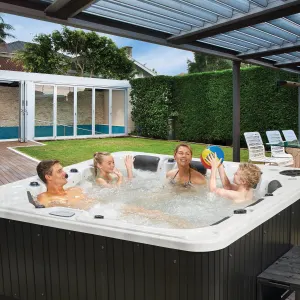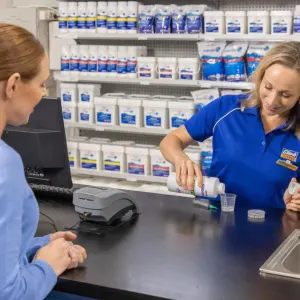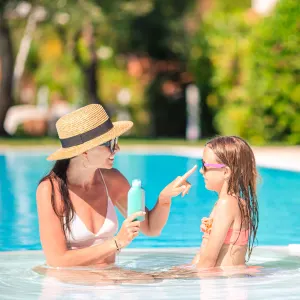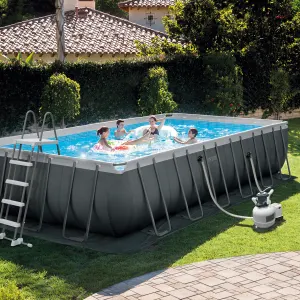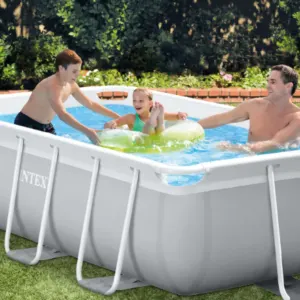How long you should run your pool pump for
By Clark Rubber | 17th October, 2019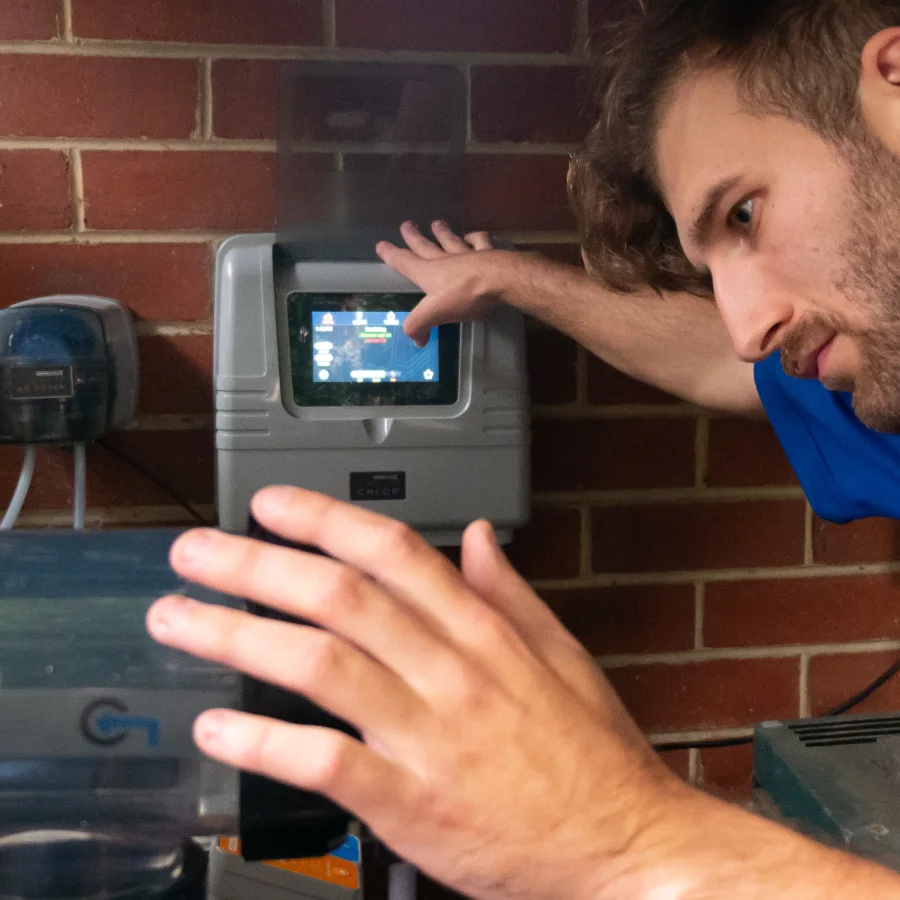
A Pool pump is the "pumping heart" of your pool system and is essential for keeping your pool water clean and healthy. The pool pump is a critical piece of equipment and its purpose is to circulate the pool water through the pool system. Circulation of the pool water ensures that it is run through the filtration system to remove dirt and debris, and ensures the sanitising chemicals are adequately mixed in the pool.
If your pool also includes devices and appliances such as pool heating, ozone systems, suction cleaners / pressure cleaners etc, your pump is also necessary to operate these.
The time you run your pump will depends on your pool volume and the amount of time you need to circulate the entire volume through the filtration system.
No matter where you live in Australia, temperature, usage, and local conditions affect how long your pump should run. Even if you're not using your pool in the winter, you should still be running the pump/s every day to keep your pool clean and to prevent algae build-up that can be difficult to remove.
Pool Pumps can be turned on and off manually, however are generally operated by timers or by connected automation devices such as saltwater chlorinators or pool controllers.
Here’s a simple guide to average daily run times based on pool type and season:
In Australia it is necessary to circulate the entire volume of your pool through the pools filtration and sanitising system (called a 'turnover') at least once during the daily operating cycle. A ‘turnover’ means cycling all your pool water through the filter once — enough to keep it balanced and clean each day.
In general, traditional single-speed pool pumps should run for approximately:-
- a total of 8-10 hours per day in Summer
- a total of 4-6 hours per day in Winter
However, if your pump is an energy efficient Multi-Speed or variable Speed Pump it may need to run for longer (at lower power consumption) to circulate the entire volume of water in the pool.
How long to run the pool pump calculator
As stated earlier, the main factor that affects pump times is the volume of your pool.
You can determine the volume of your pool by calculating the following:
- Pool Length (m) x Width (m). This gives you the surface area of the pool.
- Multiply the surface area by the average depth (m).
- Multiply the that number by 1,000 to get the total volume in Litres.
Once you know this figure, you can compare it to the performance output of your pump to work out the minimum hours it needs to run.
For example, a 60,000 litre pool with a pump running at 200 litres per minute, should be run for 300 minutes (5 hours) to achieve 1 turnover of the entire pool volume. If you run the pump for longer, it will achieve more than one complete turnover. So for most home pools, you’ll need between 4–6 hours of pumping to achieve full turnover.
Other factors to consider
As well as pool size, your pumping needs may vary based on:
- the size and type of pool pump you have.
- your local climate (i.e. hot weather may require longer circulation times).
- how many people use the pool and how often (the number of bathers affects the sanitising demands).
- whether you have a pool cover. (An uncovered swimming pool that has more exposure to dirt, debris and sunlight will usually have a longer daily pumping cycle than a covered pool).
- how much foliage is surrounding the pool and how much dirt and debris is entering the pool
- whether the pool is shaded or exposed to the sun
- whether swimmers shower before entering the pool
The more debris, sunlight, and swimmer activity your pool gets, the more filtration time it will need.
How to reduce pumping time
If running the pump for so long each day has you worried about your energy bills, there could be ways to reduce the time needed without compromising a clean swimming pool.
If you think you might be running your pump for too long, try to reduce the pumping time by an hour. Check the water quality after a week to see if there's any noticeable difference. If not, you can try to reduce it in 30 minute increments until you find the ideal level.
